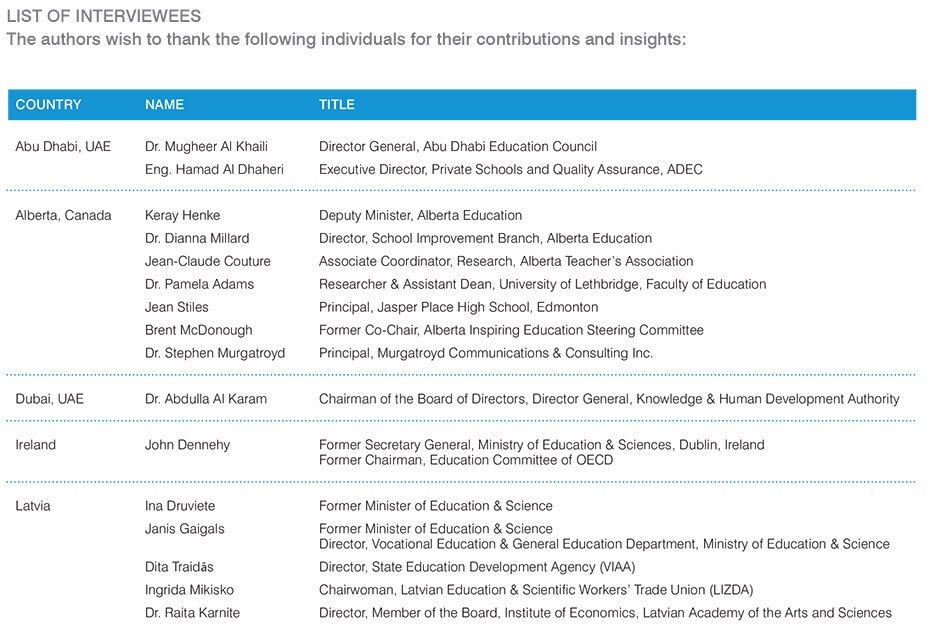Introduction
Globalization, new technology, and changing social patterns have significantly disrupted the education sector over the past decade. National education systems have scrambled to respond to these shifts, which are likely to increase in the future. In that context, transformation is the new normal for education systems. However, many reforms in the sector simply do not work. The specific initiatives may be well-intended, yet they fail during implementation. One major reason is a lack of communication and collaboration—policymakers often fail to sufficiently engage with stakeholders (school administrators, teachers, parents, students, the private sector, and the third sector). As a result, rather than simply crafting individual reforms, education leaders must develop the capability to implement change—they must become transformation leaders.
Our research with successful transfor-mation leaders around the world identified three roles that these individuals fulfill. First, these transformation leaders “think ahead,” setting the vision and strategy for the education system in order to meet future expectations regarding employment and national competitiveness. Second, these leaders “deliver within,” overseeing the education system during the transformation, in order to build new capabilities. Third—and most important—these individuals “lead across,” directly engaging stakeholders during the planning and implementation phases of transformations, in order to ensure that everyone supports the proposed changes and will work to help them succeed.
This Leading Research also highlights specific case studies of education transformations in regions around the world—Abu Dhabi; Singapore; Finland; South Korea; and Alberta, Canada; among others. These examples illustrate the three-part framework in action and show what is possible when education leaders implement transformations in conjunction with all relevant stakeholders.
Conclusion
This Leading Research is not meant to be a user’s guide on how to replicate successful education transformations. All education systems are unique. Transformation efforts that work well in one region may fail spectacularly in another due to differing political structures, cultural aspects, and other factors. Rather, our aim is to analyze optimal transformations in order to identify the central elements among those initiatives, and to stimulate a discussion among education leaders on how specific elements can be adapted to their socioeconomic and political environment.
For education leaders, the stakes are clear. Rapid and large-scale changes stemming from technology and globalization are leading to a single global marketplace. Education systems that can adapt to this new environment — and continue to adapt to future shifts — will give these nations a clear competitive advantage.













Menu